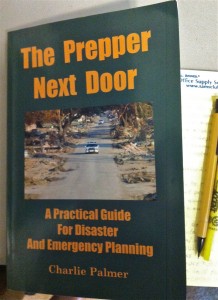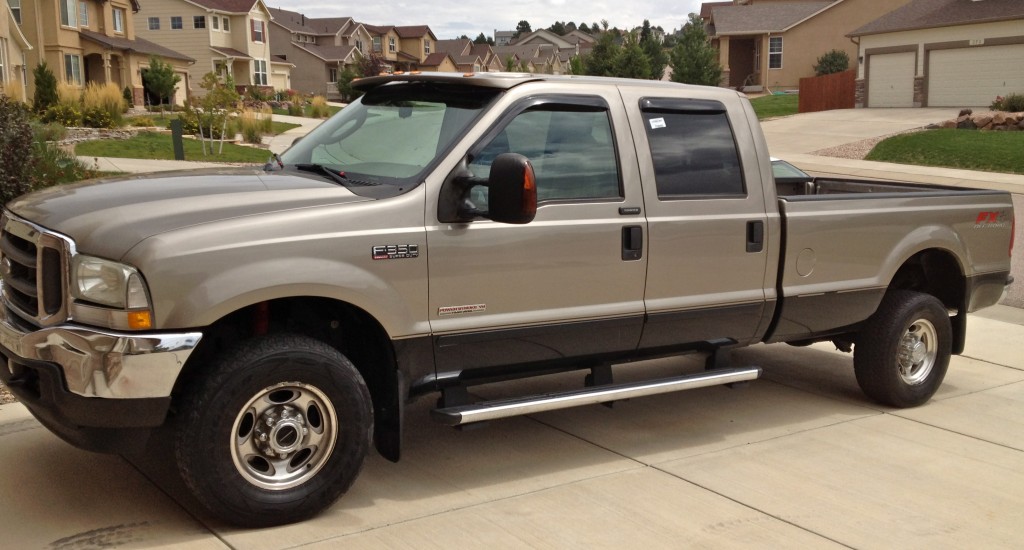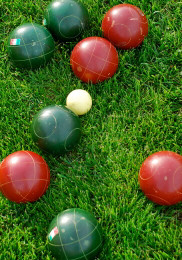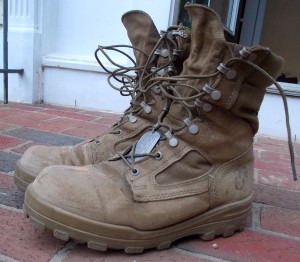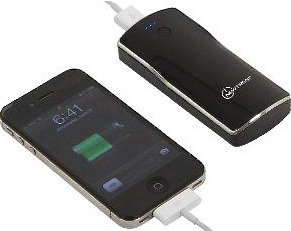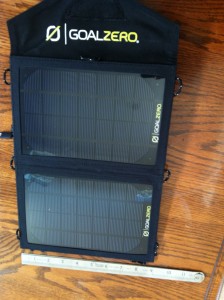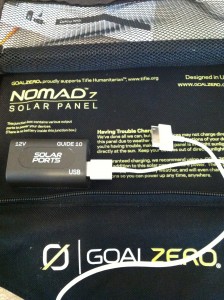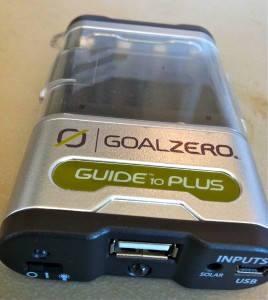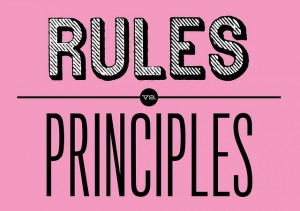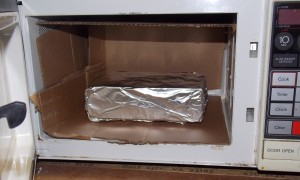 August has been madhouse crazy for us with plenty of work and personal commitments. We have not done as much prepping as I would like. BUT, when we are too busy for physical preps I can always use the time to learn new things. This month’s field of study focused on EMP’s. I found two sites to be particularly informative. The first, The Commission to Assess the Threat to the United States from Electromagnetic Pulse Attack, includes two reports that describe the recommendations for how we should prepare for an EMP strike. It is interesting to read, because you quickly grasp that this report was essentially poo-poo’d by our government and we remain ridiculously unprepared for such an attack. The second is a website that talks about home-made faraday cages designed to protect small electronic devices. After reading this, my son and I built a small faraday cage out of an old microwave; then placed our small shortwave radio inside.
August has been madhouse crazy for us with plenty of work and personal commitments. We have not done as much prepping as I would like. BUT, when we are too busy for physical preps I can always use the time to learn new things. This month’s field of study focused on EMP’s. I found two sites to be particularly informative. The first, The Commission to Assess the Threat to the United States from Electromagnetic Pulse Attack, includes two reports that describe the recommendations for how we should prepare for an EMP strike. It is interesting to read, because you quickly grasp that this report was essentially poo-poo’d by our government and we remain ridiculously unprepared for such an attack. The second is a website that talks about home-made faraday cages designed to protect small electronic devices. After reading this, my son and I built a small faraday cage out of an old microwave; then placed our small shortwave radio inside.
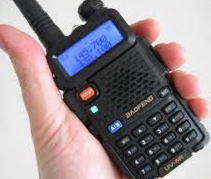 This month we also made a few purchases. Following Trace and Sarah’s lead, we ordered the Duracell 813-0807 800 Watt DC to AC Digital Power Inverter. For the time being, we have opted not to buy a generator and this will be our interim solution. With three vehicles, we can surely spare one to power some things here at home. My second purchase was a ham radio. We are absolute beginners with ham radios and are not really looking to broadcast (just to receive information from a distance in an emergency), so we opted for a small, inexpensive hand-held model. We ordered the BaoFeng UV-5R 136-174/400-480 MHz Dual-Band DTMF CTCSS DCS FM Ham Two Way Radio, for less than $60. There is a more basic model available, but after reading some reviews we felt this one was a better choice. All that said, even this basic model is a complex item that is going to take some research to understand. Thankfully, there is always the internet and YouTube to answer our questions. And, of course, once we get this thing mastered it will also be going into the faraday cage. Our goal is that eventually all the BOB’s will have either shortwave or ham radios in them as well. I will report back next month on how the ham radio learning is going!
This month we also made a few purchases. Following Trace and Sarah’s lead, we ordered the Duracell 813-0807 800 Watt DC to AC Digital Power Inverter. For the time being, we have opted not to buy a generator and this will be our interim solution. With three vehicles, we can surely spare one to power some things here at home. My second purchase was a ham radio. We are absolute beginners with ham radios and are not really looking to broadcast (just to receive information from a distance in an emergency), so we opted for a small, inexpensive hand-held model. We ordered the BaoFeng UV-5R 136-174/400-480 MHz Dual-Band DTMF CTCSS DCS FM Ham Two Way Radio, for less than $60. There is a more basic model available, but after reading some reviews we felt this one was a better choice. All that said, even this basic model is a complex item that is going to take some research to understand. Thankfully, there is always the internet and YouTube to answer our questions. And, of course, once we get this thing mastered it will also be going into the faraday cage. Our goal is that eventually all the BOB’s will have either shortwave or ham radios in them as well. I will report back next month on how the ham radio learning is going!
Last for this month, I continue to harvest tomatoes as they ripen and can them as tomatoes, salsa or ketchup. We have finally gotten over the real HEAT of the summer here so the garden isn’t quite so “needy” any more. We currently have green onions, cilantro, and baby spinach coming up in containers. These are probably our most eaten/purchased vegetables so we are really enjoying the fruits of our labor at the moment!
How did your month go, and how’s your garden growing?
(Monday: September is National Preparedness Month)

